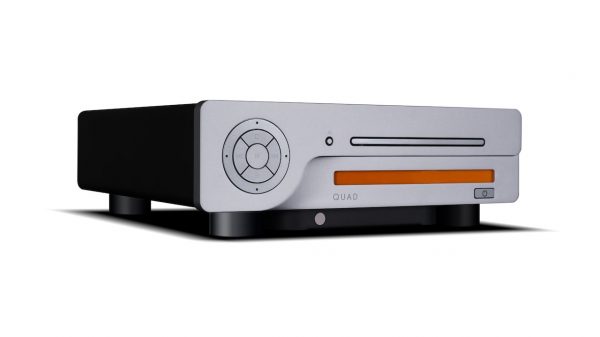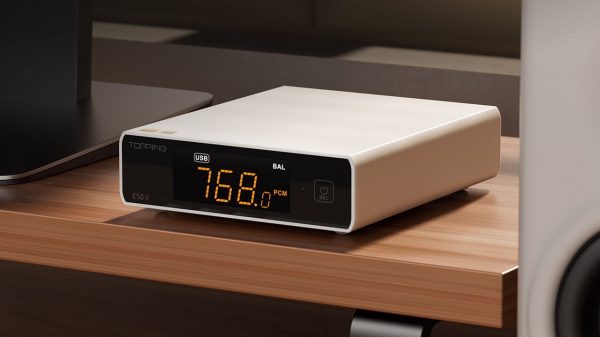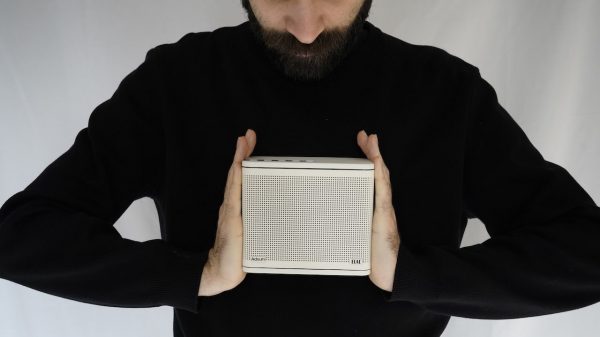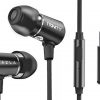CEA’S Shapiro Testifies on the Need for a Hard Deadline for Analog Termination; Impact Exaggerated as Increasingly Fewer People Receive OTA Broadcasts
ARLINGTON, VA, July 12, 2005 — “A hard deadline to end analog television broadcasts will bring needed certainty to the DTV transition,” said Consumer Electronics Association (CEA) President and CEO Gary Shapiro in testimony delivered today before a congressional committee. Shapiro made his comments before a hearing held by the Senate Commerce Committee examining the transition to digital television (DTV).
Shapiro stated, “A hard deadline will provide a ‘win-win’ scenario for all stakeholders, allow manufacturers and retailers to label analog products and will foster innovation and strengthen our national security.”
Shapiro also detailed the need for the rapid recovery of the 700 MHz spectrum currently being occupied by broadcasters. “The prompt recovery of this spectrum will produce massive public interest and economic benefits. The analog TV broadcast spectrum is ideal for advanced wireless broadband applications. A hard deadline will spur innovators to come up with a broad range of new wireless services, giving unprecedented access to rural and underserved areas,” said Shapiro.
“CEA shares concerns about disenfranchising consumers, but the data shows the number of consumers in this category has been exaggerated,” Shapiro reported.
Shapiro pointed to CEA’s newest survey that found nearly 110 million American homes with at least one TV, almost 87 percent are receiving local and national broadcast programming via cable or satellite. Furthermore, only 32.7 million (or 11.5 percent) of the 285 million television sets are used to view over the air television programming (OTA). Shapiro noted, “The simple fact is: while an analog broadcasting cut-off is important for our nation, it will have only a small practical impact on the viewing habits of the vast majority of Americans.”
With CEA’s primary goal to make the DTV transition as consumer friendly as possible, Shapiro commented on his concern over proposals to accelerate digital tuner deadlines. CEA manufacturer members relied on the government’s set schedule. Aggressively accelerating the mandate for 13 to 24 inch sets and other TV reception devices (such as VCRs, DVD and DVRs) would suddenly and dramatically increase the price of the most affordable small-screen TV sets, or force manufacturers to not produce those models rather than be in noncompliance.
“CEA believes that March 2007 is the earliest possible date, consistent with the integration of digital reception capability into 13 to 24 inch sets and other devices having an analog tuner. This date would fall within our industry’s 18 to 24 month product cycle, allow time for economies of scale to develop and prices to come down – ensuring the smoothest possible transition for consumers,” said Shapiro.
In conclusion, Shapiro applauded the committee for its efforts. “Setting a realistic and certain date for the end of analog broadcasting and the recovery of the analog spectrum for new purposes is the right thing to do,” he said. “Meanwhile, we will continue our unprecedented efforts to educate consumers about digital television. I pledge CEA’s continuing commitment to working with this committee and other stakeholders to ensure the most speedy and consumer friendly transition, and a prompt return of the analog broadcast spectrum.”
Data cited in this release is available for purchase through CEA’s Market Activity Reports and Analysis (MARA) program. With more than 500 reports published annually, the MARA program is recognized as the “authoritative source” for data on the consumer electronics industry.
About CEA:
The Consumer Electronics Association (CEA) is the preeminent trade association promoting growth in the consumer technology industry through technology policy, events, research, promotion and the fostering of business and strategic relationships. CEA represents more than 2,000 corporate members involved in the design, development, manufacturing, distribution and integration of audio, video, mobile electronics, wireless and landline communications, information technology, home networking, multimedia and accessory products, as well as related services that are sold through consumer channels. Combined, CEA’s members account for more than $121 billion in annual sales. CEA’s resources are available online at http://www.CE.org, the definitive source for information about the consumer electronics industry.
CEA also sponsors and manages the International CES – Defining Tomorrow’s Technology. All profits from CES are reinvested into industry services, including technical training and education, industry promotion, engineering standards development, market research and legislative advocacy.























